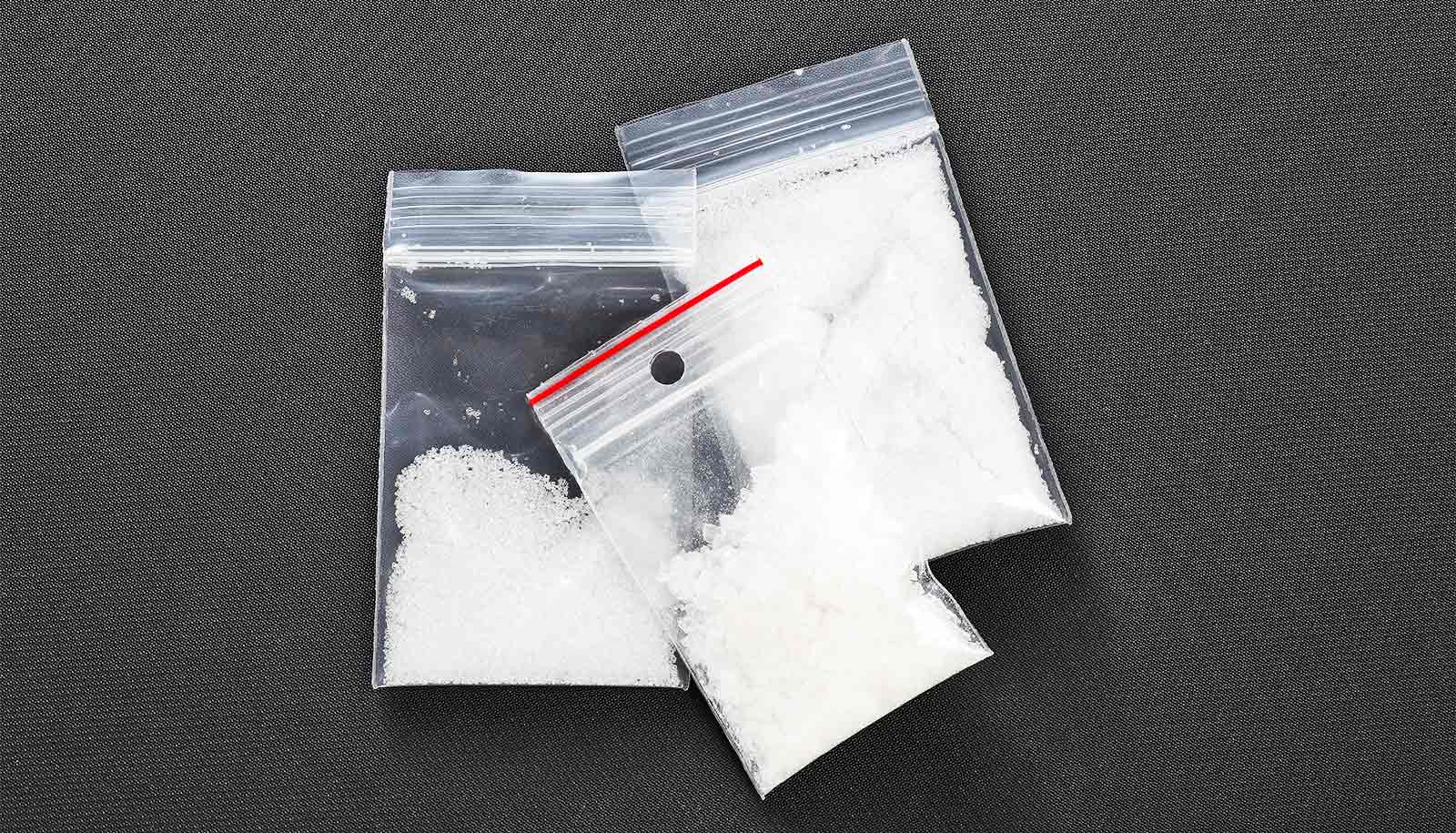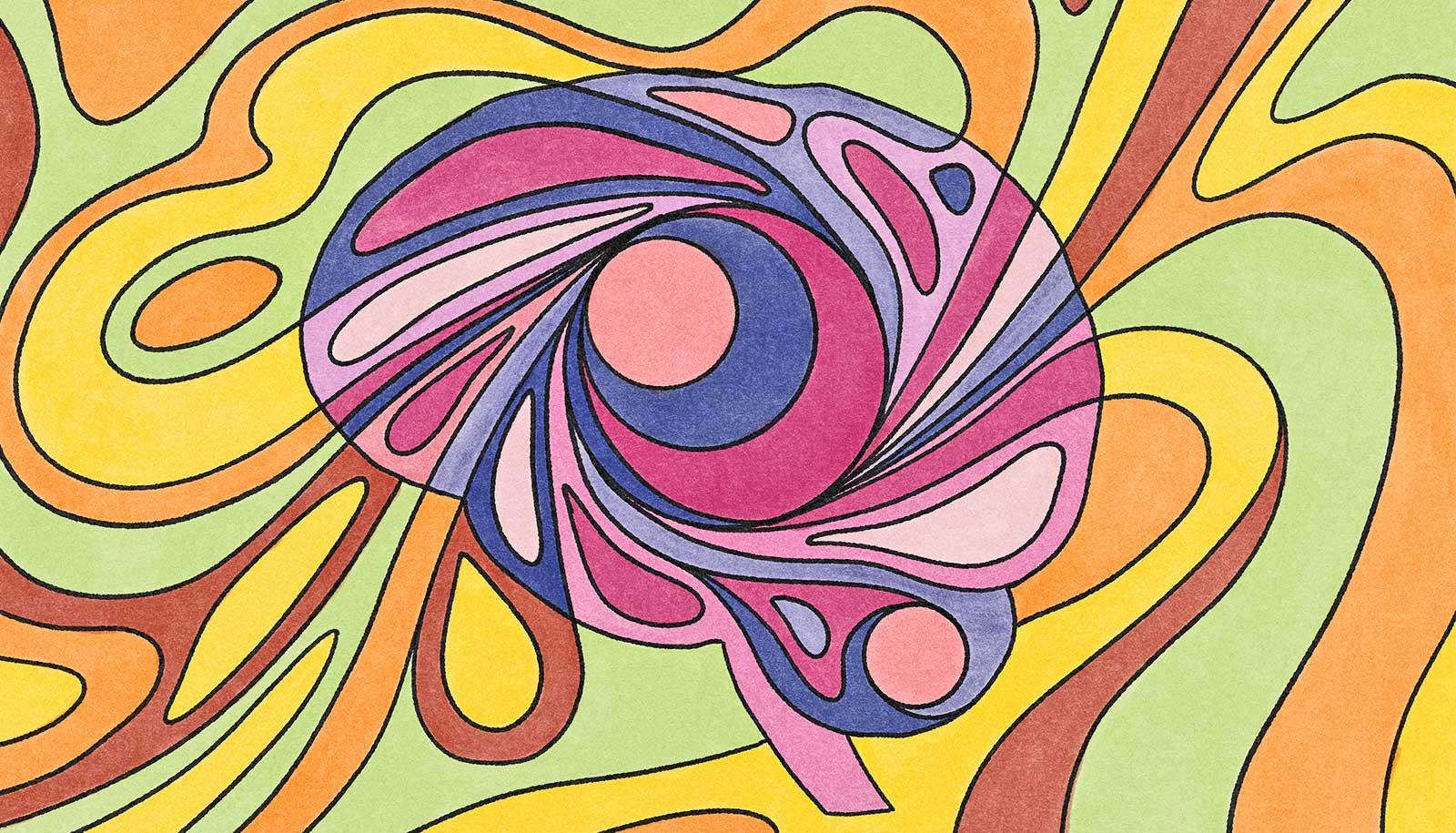Use of synthetic drugs such as “bath salts” goes widely under-reported, partially because many people—even users—lack of knowledge about these drugs, a new study suggests.
In addition, the methods of surveying and assessing this kind of drug use may be lacking and require reevaluation, the study says.
Hundreds of new psychoactive substances have emerged in recent years, and determining their prevalence is essential to cultivating effective prevention efforts. One example of new street drugs is synthetic cathinones, also known as “bath salts.” “Bath salts” are new amphetamine-like stimulants, and researchers and users know little about their effects. The “bath salt” called “Flakka” (alpha-PVP) has been linked to widespread and bizarre incidences of behavior in Florida.
“There are hundreds of new drugs, and many go by multiple street names, so it is difficult to accurately ask about use on surveys.”
Current methods to monitor use of new street drugs rely mainly on data from seizures and poisonings, with little effective survey data on self-reported use.
Adding to the limitations of survey data, use of new substances is often unknown or unintentional, since drugs such as ecstasy (“Molly”) are commonly adulterated with one or more of these new substances. This makes it harder to gauge specific usage from traditional drug-use survey methods.
“Research was needed to determine how to ask about use of these new drugs on health surveys,” says Joseph Palamar of the New York University Rory Meyers College of Nursing’s Center for Drug Use and HIV Research (NYU CDUHR).
“There are hundreds of new drugs, and many go by multiple street names, so it is difficult to accurately ask about use on surveys.”
‘Gate’ questions
To address these current limitations in research, Palamar and his team conducted the study, which appears in The American Journal of Drug and Alcohol Abuse.
The study tested the impact of “gate” questions as a method of reducing respondent burden when presented with lists of possibly unfamiliar new and/or uncommon substances.
Used on major health surveys such as the National Survey of Drug Use and Health, gate questions ask a single yes/no question to establish whether the participant has ever used a particular substance from a list of drugs in a particular drug class.
If the response is “yes,” then subsequent drug-specific follow-up questions are provided on the following page(s). Answering “no” allows the participant to skip the follow-up questions and proceed to the following section.
“We know that gate question methods work well on national surveys, but these studies don’t ask about hundreds of new drugs, so it was unknown how survey participants would respond,” notes Palamar. “In addition, it is likely that most participants on major drug surveys have at least heard of the majority of drugs queried. Lists of potentially unfamiliar drugs can confuse participants.”
Surveying the scene
The team surveyed 1,048 individuals entering electronic dance music (EDM) parties in New York City throughout the summer of 2016 about their drug usage, randomly assigning surveys with and without gate questions.
Higher drug use among teens who go to raves
Since “bath salts” were of particular interest of the researchers, participants were asked about use of specific “bath salts” regardless of their answer to the gate question. Interestingly, almost one out of ten participants who reported no “bath salt” use as per the gate question then reported use of one or more drugs in this class, providing evidence of under-reporting.
“There are a lot of people using drugs such as methylone in the EDM scene, but many users are unaware that methylone is a ‘bath salt’,” says Palamar. “It seems that some people didn’t pay attention to the list of drugs that are considered ‘bath salts’ and simply checked off ‘no’ to use.
“‘Bath salts’ are now highly stigmatized drugs by a lot of partiers, yet many don’t even know some of the drugs they use are in fact ‘bath salts,'” Palamar says. “Adding to this, in another study we detected ‘bath salts’ in ecstasy users’ hair samples who were unaware they were using these drugs.”
Of the eight drug classes queried, prevalence of reported use was higher when the gate question was not used regarding use of DOx (such as DOM, also known as STP), “other” stimulants (such as 4-FA), and “other” psychedelics (such as LSZ), with some differences in reported prevalence as high as 5%.
These findings suggest that providing participants with the actual list of drugs, initially, may be associated with more attention paid to the list and it also may reduce survey burden, resulting in more accurate answers.
“As NPS continue to emerge at a fast pace, there is an urgent call for research focusing on use of these compounds, as it is essential in order to inform prevention,” says Palamar.
A bunch of new drugs show up in hair samples from festivals
The National Institutes of Health funded this project. The National Institute on Drug Abuse of the National Institutes of Health supported research reported in this publication. The content is solely the responsibility of the authors and does not necessarily represent the official views of the National Institutes of Health.
Source: New York University



